Retail, youth, lifestyle brands can benefit most from Pokemon Go: Experts
Pokémon Go, an app that uses augmented reality to send players with their mobile phones on a quest in the real world to find, train, and battle with Pokémon, has experienced phenomenal success since its launch on July 6, 2016. Its release has made a big impact on Nintendo’s business outlook, with the company’s shares soaring another 14 per cent on July 19, more than doubling the firm’s market capitalisation. In fact, the app’s in-game purchase made up 47 per cent of the total mobile gaming market on July 10, and has clocked an average of 43 minutes and 23 seconds a day in terms of user interaction – a longer time span compared to some social media apps. It is also said to be the most downloaded mobile game in US history.
For brands and marketers, the global sensation and success of Pokémon Go presents a massive opportunity from both a gaming and advertising standpoint. We are seeing the materialisation of long-predicted trends – in this case, the marriage of digital technology with the physical world – and how it is reshaping the mobile gaming industry. Though true augmented reality involves a greater deal of information infrastructure than presented in Pokémon Go, this mobile game has laid out the possibilities that augmented reality presents to marketers and may potentially impact how businesses compete in future location-enhanced apps.
AdGully spoke to a cross-section of digital, advertising and marketing experts to find out the implications of augmented reality gaming for brands and marketers, especially in the Indian context.
The gaming market in India
According to Vaibhav Chavan, Founder of UnderDOGS, “The gaming market in India is growing rapidly and has really come of age. Once less than 20 companies before introduction of smartphones, we have seen it growing to more than 300 game developers primarily working on making mobile and PC games. According to the studies from Nasscom, the Indian gaming industry is more than $900 million as of today and is literally exploding. Currently, the gaming market in India is dominated by mobiles as there is a lack of access to PC and Console gaming here, whereas mobiles are easily accessible. Also, due to the telecom companies bringing in data plans as well as OEMs in place, the focus on mobile gaming is increasing.”
For Swati Nathani, Co-Founder & Business Head, Team Pumpkin, the majority of Indian population is in the age bracket of below 35 years. She added, “This 2/3rd of the total population in the country is extremely tech-savvy and has accepted digitalisation in the biggest form. With the increasing demand for these modern gadgets and availability on internet, the gaming industry has bloomed within the country. We now also have various Indian IT and technology oriented companies that also design games and apps. Various brand and businesses have also included gaming apps as an important medium in marketing and promotional activities. We had the angry bird and candy crush fever before, now we have the Pokemon pro game that has taken over the gaming market. This entire transition and availability of devices have fairly increased the market size for the gaming sector in the recent times.”
What’s in it for brands?
Taking a reality check, Unny Radhakrishnan, Chief Digital Officer, Maxus South Asia, remarked, “Pokemon Go per se may or may not become a fad. More likely the former. So it is not about what would now brands do with this new shiny thing. What Pokemon Go has done is to bring AR back into the mainstream conversations. Developers and marketers will now explore possibilities of AR in creating consumer engagement programmes. In the short term, as the fever of Pokemon Go peaks, brands might use tactical methods to drive footfalls to designated areas or leverage some possibilities with virtual currencies.”
Sundeep Nagpal, Founder Director, Strategem Media, too felt that the lowest hanging fruit could be the retail chains of youth brands or sports brands or other lifestyle brands. Other potential product categories could be educational institutions, personal grooming, cosmetics, even telecom brands, energy drinks, travel, tourism, etc.
Subhobroto Chakroborty, Chief Digital Officer, Trgx.Biz, pointed out, “Brands can use Pokemon Go only if the game manufacturer allows brands to get tagged with the Pokemon around their shop, store, point of sale, etc. As of now, India is waiting this game to be launched officially. More physical transactions can happen if people end up in front of those stores in the real world. Some developers have found the word ‘McDonald’ within the game code, but it is still not officially announced. This means that people will be forced to come in front of McDonalds (https://youtu.be/RuGKt04KYmI ). It will be a great marketing delight if brands can pull people at their desired location and see the sales go up. Brands will be able to integrate it with the game like: Pokemon coffee, Pokemon Cake at special price, etc., and hope to see some great traction in India.”
He further said, “Though it is an augmented reality game, once the game is over in front of the store, there will still be a high chance of customers buying stuff in that shop. This will create community and social groups and social networking across those points, which any marketer would love to have. You can get likeminded, potential people at your store eating, drinking and meeting each other.”
Anjali Hegde, CEO, Ansible Mobile, remarked, “I see the retail sector benefitting a lot from Pokemon Go. And since it caters to a younger TG, a lot of youth-focussed brands or brands that are young at heart such as Fastrack, Coca-Cola and Domino’s can look at successful brand associations.”
Rajiv Chilaka, creator of Chhota Bheem and Founder and Managing Director of Green Gold Animation, too felt that this kind of gaming initiatives would benefit brands that cater to the youth segment who were tech friendly and liked new challenges.
According to Vaibhav Chavan, “Though the number is growing rapidly, there are only handful of games on VR and AR in the market currently. Marketers at this stage are not trying to make money as such out of these games but showcase the capabilities of the studio or the company. One of the several other reasons is being among the first ones to make best games/apps for VR and be recognised well after that. Marketers are currently innovating and researching on possibilities and limitations of VR with the games they are making. This is going to help in a long run for sure, as soon there will be targeted VR market places which will have its internal monetising/ subscription system and will definitely stand beneficial for the best marketers in VR/AR gaming. One of the recent after effects of Pokemon Go’s successful domination via AR is Unity engine (tool used to make the game) raising a monstrous funding round close to $181 million from investors.”
Vivek Bhargava, Managing Director, iProspect, opined, “The impact on marketing is going to be phenomenal, brands will be able to create experiences and engagement that are impossible to create in the real world. For example, one is made to fall from a high rise building into a safety net that says HDFC Life at the centre of the net. The person will never forget HDFC Life after this virtual reality experience. Augmented reality can also bring footfalls into physical locations more effectively that any advertising, which opens completely new possibilities.”
Swati Nathani added here, “These gaming apps give a virtual experience to the brand/service offerings. If the content, creative, and graphics designed for gaming apps are attractive and visually appealing, it will definitely end up engaging a larger number of audiences. This medium can actually work as a trend-setter and has a higher recall to the brand, as the process of engagement is constant. Of course, the characters and situations designed in the storyline for such apps should have relatability with the users they wish to engage with. We are looking forward to more and more brands and companies to take this medium of marketing and promotions to the next level in the coming times.”
She further said, "There are many sectors that will surely benefit, though these are commonly connected with gaming. Entertainment and advertising and digital marketing will benefit tremendously, though this in various ways one being the clubbing Virtual reality with the brands enticing customers. Apart from this, any brand or service can create a virtual experience of their services through this new age digital medium. The best part about this medium is, it gives a good experience about the brand that further engages audiences."
Augmented Reality – where the online meets offline
Augmented Reality (AR) has been there for more than four years now, but no one really utilised it well like Pokemon Go did recently and it is creating history. Vaibhav Chavan noted, “This really changed the perspective of the whole gaming industry. When AR was pretty new, a lot of developers tried their hands in it, including us. Here’s something we did four years back: https://www.youtube.com/watch?v=aCDc52ltEME.”
Continuing further, he said, “In terms of Virtual Reality (VR), not only the consumers but the developers are pretty excited to test their imaginations in not just India but worldwide. VR is accepted globally with the same curiosity, the story is no different in India. VR in India has given birth to a few start-ups who are innovating some paradigm shifting stuff with the help of VR and soon it is going to be a part of our daily lives. As game developers, almost all of us are creating some kind of virtual world we always wanted to build and we hope to see specialised market places like app stores with VR as a separate genre.”
Swati Nathani remarked, “These games are picking up momentum in the recent times and craze for it has even grown in numbers after the arrival of Pokemon Go. Technology changes the way computers and humans can interact. AR and VR games have been enhanced by technology in the real world. Investments for these games, is catching up this year which has almost touched to $1.1billion in the first two months. This industry is set to further rise since interactivity and virtual experiences are a big hit.”
Giving his take on the rise of augmented and virtual reality, Vivek Bhargava said, “Last year, I had a chance to attend the singularity university that is held at the Nasa campus. The university was about exponential technologies – the growth of exponential technologies is impossible to predict as they double every few months/ years. One such technology is going to be augmented and virtual reality, a combination of quantum computing along with growth in hard is going to make virtual reality so good that it would be impossible to tell the difference between reality and virtual reality.”
Along similar lines, Jagdeep Kapoor, CMD, Samsika Marketing Consultants, said, “Brands which are young, trendy and contemporary and address the youth will benefit.”
The spends factor
Sundeep Nagpal of Strategem Media noted that the spend levels of brands on games like these would depend on a variety of factors, such as the extent of association with the brand – whether in the form of integration within the game, or some other property within the brand, or title/ location ownership. As a percentage of a brand’s ad/ marketing budget, this kind of brand association could form a significant component.
Green Gold Animation’s Rajiv Chilaka felt that the budgets would rest on fulfilling the TG’s desires, along with accomplishing the brand’s objectives. He added, “The Pokemon game is fresh, exciting and an instant addictive. It is actually taking the gaming world by storm. As far as budgets are concerned, I feel it all depends on the brand ad its objective and reach – both geographic and demographic with such type of an initiative.”
Anjali Hegde pointed out, “The interest levels in Pokemon Go are of course very high given the huge scope and possibilities that such a platform offers brands and marketers. Intense discussions are underway amongst marketers on the ways that brands can be integrated into AR games like Pokemon Go. However, since it is a relatively new phenomenon and given the fact that the game is yet to come to India, it is more of a watch and watch for marketers as far as spends are concerned.”
On the other hand, Samsika’s Jagdeep Kapoor said that the spends would tend to be on the higher side as it was for a focussed young audience and the returns on the spends would be very productive.
Scope for ‘Indianising’ Pokemon Go like content
Both Vaibhav Chavan of UnderDOGS and Team Pumpkin’s Swati Nathani felt that the scope for Índianising such content was great.
Chavan said, “We have been working on AR and VR for a while now for Indian clients. With Pokemon Go making it huge, we were recently asked for a very Indianised requirement on the same from a popular chain of malls. The idea was to detect and start a game when the player enters a mall and show them stuff to find within the mall just like Pokemon Go. Here they find things, earn coins and win coupons to use in the mall itself. So I believe this is just the beginning and the way things are heading it is going to be a part of our daily lives very soon.”
Nathani, too, said that customising global digital trends was a part of Team Pumpkin’s job. “We strive to make use of all potential opportunities and create terrific content for clients prior to their request for the same. We’ve inculcated the hyped Pokemon Go and created some notable GIFs for our various clients. However, if brands are specifically looking for creating apps pertaining to their nature of business, we are all ears to develop Indian market friendly apps to enhance the image of the brands,” she added.





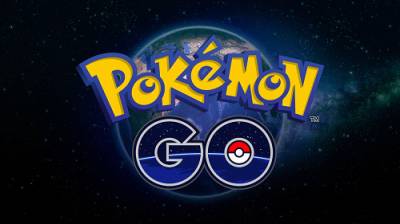


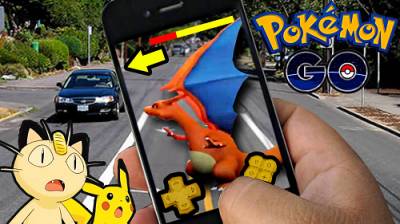







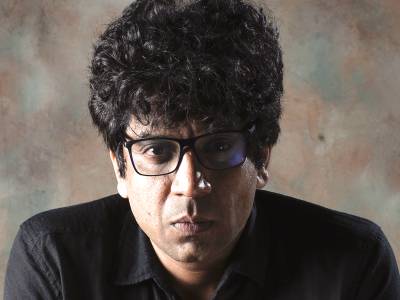
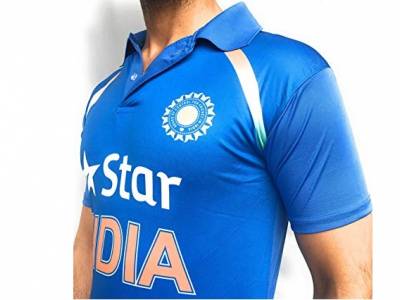
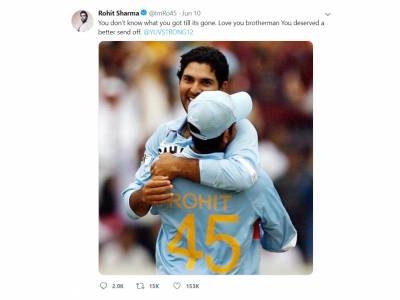



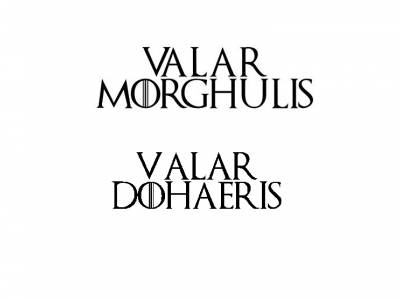



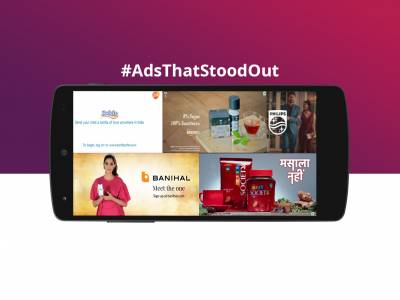
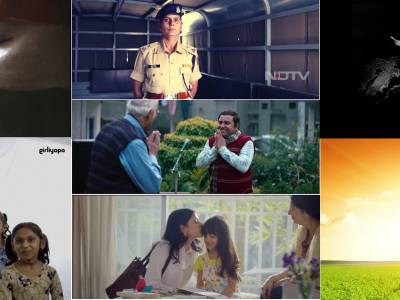



Share
Facebook
YouTube
Tweet
Twitter
LinkedIn